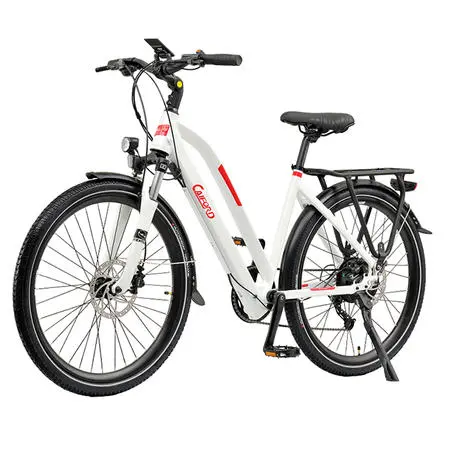- All
- Product Name
- Product Keyword
- Product Model
- Product Summary
- Product Description
- Multi Field Search
Views: 0 Author: Site Editor Publish Time: 2021-07-17 Origin: Site

Electric motors are vital for ensuring that plants are running smoothly and effectively.If one fails, it means costly downtime for the plant and creates a variety of safety hazards. There are a number of different failure modes out there, so by understanding them, the lifespan of a motor can extend from two to 15 years.
The key is moving from the reactive category of the PF curve to the predictive phase. By using ultrasound technology, such as the Ultra probe 15,000, you can detect problems before they start to create serious damage in the motor. Because there are so many different components within a motor, a failure mode can emerge in a variety of places. There are between 8 and 10components within a motor, each with its own failure modes, bringing the total to around 50, so by properly addressing them, you can greatly extend the life of your motor.
Motor Housing
Failures in motor housing can crop up from improper installation, physical damage, corrosion and material buildup. While motor housing may not seem like a true performance component, these shortcomings can ultimately affect the way others perform.
For instance, a soft foot could lead to bearing failures, shaft bending and broken or cracked feet. This emerges if a motor, when placed in a flat surface, does not have all its feet flat on the surface. Material build up can heat up the operating temperature of the motor, ultimately leading to damage on other parts of the motor, such as bearings.
Motor Stator
Motor stator failure modes emerge from physical damage, contamination,corrosion, high temperature, voltage imbalance, broken supports and rewind burnout procedures. A lot of times, these can emerge from motor repair shops.
Stator failures occur due to the rewind burnout of the windings.This often happens before the motor can be rewound requiring emergency repairs.But because the plant will need the motor returned as soon as possible, hasty repairs can end up damaging the stators by improperly heating the housing and the stator. This can also lead to motor inefficiencies.
Motor Rotors
Rotors are composed of numerous layers of laminated steel and the rotorwindings are composed of bars of copper or aluminum alloy that is shorted onboth sides with shorting rings. These components can then fail through thermalstress, physical damage, imbalance, broken rotor bar, contamination andimproper installation.
Physical damage on rotors can develop after certain emergencymaintenance tasks including bearing replacement, motor rebuilds and during adisassembly and reassembly process. Generally speaking, motor bearings shouldnot be changed at plant locations and especially on critical equipment.
Imbalanced motor rotors are common, but this can put a lot ofstrain on bearings. This will ultimately lead to a rotor making contact with astator and creating another point of failure. Again, improper rebuildingtactics, such as overheating, can damage rotor components as well.
By establishing precision balance standards, you can be sure youare preventing these kinds of imbalance failures.
Motor bearings
Motor bearings within an electric motor can emerge from improper handling andstorage, improper installation, misalignment, improper lubrication, start/stopprocesses, contamination, overhung loads and motor fan imbalance.
Contamination is one of the biggest reasons for bearing failuremodes. This occurs when foreign contaminants or moisture enter the bearings,usually during the lubrication process. You can take steps to preventcontamination during the regreasing process to ensure that they are kept out.
It is also important that your motor is properly outfitted forthe task for which it was selected. This means using the right bearings for itsapplication. Motors that are using sheaves or sprockets that are mounted on theshaft will need roller bearings in the motor, which are common among moststandard motors.
Lubrication can always be a major cause of failure because thereare so many different places where one can improperly apply lubrication. Toomuch or too little lubrication, along with the improper form of lubrication,can lead to premature wear and tear. All motor greases should bepolyurea-based, and not all purpose greases. One should always take the plugout of the bottom so that old grease can be drained properly. Also, releasevalves can help prevent over greasing.
The UE Systems Grease Caddy can be a great tool for listening towhen lubricating a motor.
Motor bearing seal failures tend to emerge from improperlubrication or installation.
Motor shaft
Motor shaft failure modes occur due to physical damage, improper manufacturing,improper installation and corrosion. For instance, installing a motorimproperly can cause certain components, such as the motor casing, to corrodeand create imbalance.